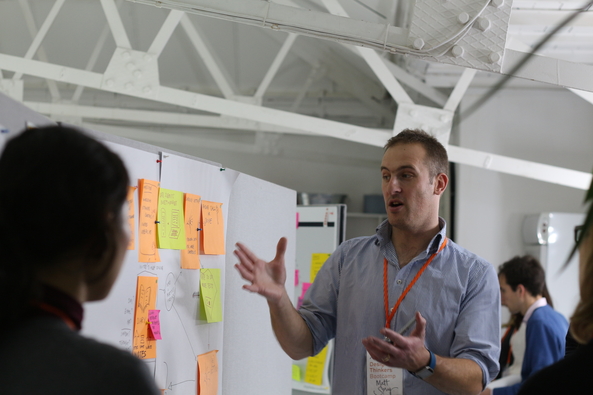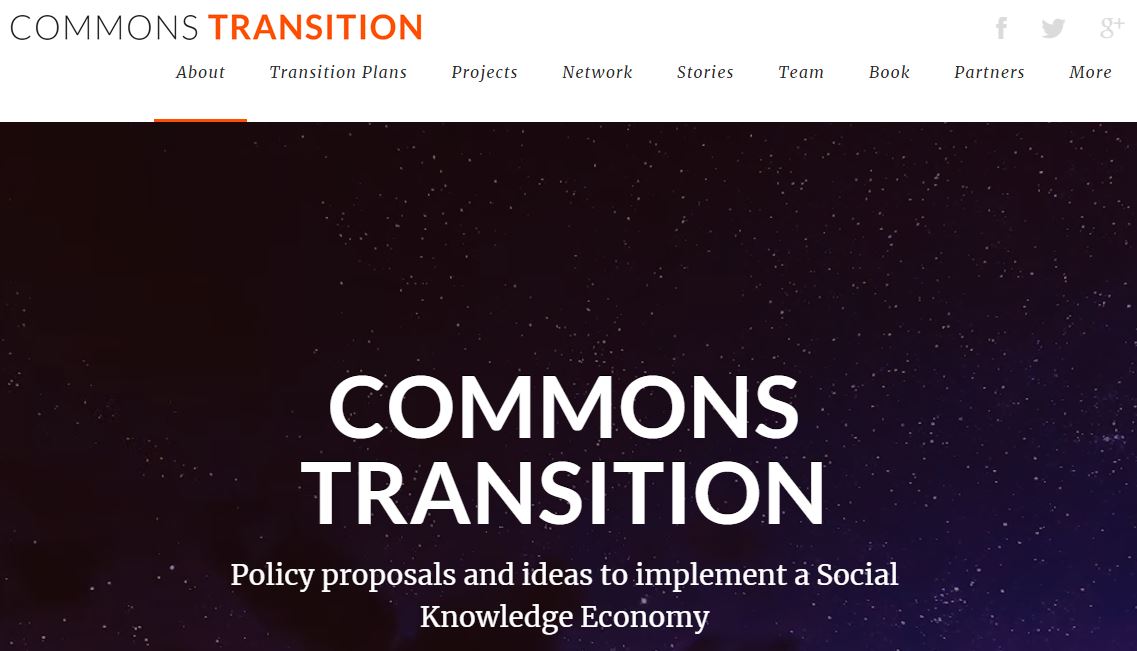This blog post connects sociocracy, a participatory governance system, to the Ostrom principles for sustainable governance of CPR (common-pool resources). Sociocracy and Ostrom’s principles share very basic values and observations, which makes sociocratic governance a perfect fit for CPR governance.
If you are not familiar with Ostrom’s work that earned her the Nobel prize: Ostrom investigated how communities succeed or fail at managing resources that are shared — for instance that piece of land in a small village where everyone’s cows graze: In studying those cases, there had been some debate on whether those shared efforts are inherently bound to fail (see the tragedy of the commons). If everyone can let their cows graze on the commons, wouldn’t too many people over-use that shared resource? Countering this pessimistic expectation, some of these common resources are actually well-maintained. But which ones? Ostrom distilled 8 characteristics from all the cases where resource-sharing worked well and sustainably to find out what in CPR management makes the difference.
When I first read the Ostrom principles in 2016, it occurred to me that what is being asked for in the principles is exactly what a sociocratic implementation delivers. Since my work is all about making links where they suggest themselves and weaving related networks together, this article is about the connection of the commons and the nuts and bolts of governance as equals .
Sociocracy
For the readers who are not familiar with sociocracy, the basic tools of Sociocracy are:
- Consent decision-making. Policy decisions are made by consent, which differs slightly from consensus. In consensus, everyone is trying to find agreement, often trying to find comon ground for their preferred outcome. In consent, we shift our energy towards finding common ground that is safe to try and that no member has an objection to.
- Small group mandate: All members of a governing body are organized in circles. Those circles have full authority in their domain. All decisions are made on the most local level possible.
- Linked circles: Whenever there are two related circles, two members will be full members of both circles. That way, information can flow easily and no group can over-power the other.

All decisions in Sociocracy are dynamic, including the organizational structure. Inviting feedback, revision and adaptation are part of a sociocratic, living organization. These tools and principles create an inclusive, learning organization that can respond fast because decisions are made locally.
Comparing the Ostrom principles and Sociocratic practice
Back to the commons: what makes a sustainable governance of a CPR (Common Pool Resource) successful? The Ostrom principles are distilled features of successful management of common goods. We list each one below, adding our comments of how sociocracy implements those principles.
For illustration — and for fun! — we will explore how the principles and how sociocracy applies to an example application: an office fridge. Office fridges are tangible examples of CPR: everyone in the office has access but (typicall) no single individual or group owns the fridge: an office fridge is a common good. It gets even more interesting: even if the office itself is run very hierarchically, oftentimes, this does not carry over to the office fridge. The employees’ needs around food don’t depend on their rank in the organization. Office fridges are islands of equality and thus an interesting case to look at — and all the good and the bad, the pretty and the ugly that can happen with CPR is familiar to many people who have ever shared a fridge!
To read the rest of this article, please visit: Medium

Ostrom Principle 1: Clearly defined boundaries
The first principle of successful CPR management points to the clear definition of what the CPR entails and who/what is outside of the boundaries of the CPR. In the example of an office fridge, that means, in order to successfully run an office fridge, we have to know who puts their stuff in there and who doesn’t. (On the flipside, can you imagine what happens if lots of short-term interns leave their food in the fridge?!)
In Sociocracy, boundary-setting is captured by membership — circle membership (and membership of the organization) has to be defined. In a circle that is open to walk-ins, progress can be too easily undone by last-minute objections by people who have not been part of the process leading up to a decision and throw a monkey-wrench into the decision-making process. Most volunteer groups have experience with that. Sociocracy protects decision-making groups and keeps them functionable by requiring defined membership. Of course, guests who are not members of a circle will be welcomed and heard. However, they will not have consent rights. Every circle has clearly defined domain and aim, therefore the question of authority and of membership is addressed in the same way Ostrom observed for successful shepardship of CPR.






